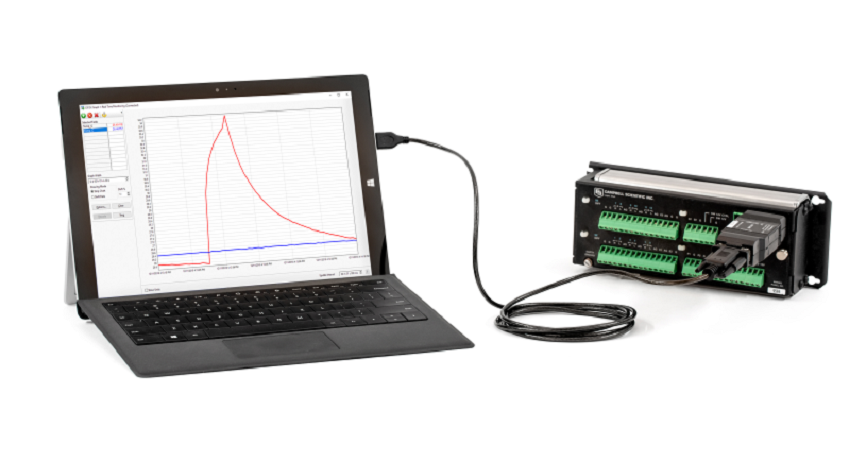A data logger is a small device, which records measurements like temperature, humidity, pressure, electrical power, etc., and works on a battery. It has components like microprocessors, sensor ports, and data storage. The sensors in the device can be external or built-in-ones. Wireless loggers are popular, user-friendly, and are available in single-channel and multichannel units. Mostly, they are built for long term use. But single-use loggers are also available in the market. Manufacturers make loggers in different ranges and varieties suitable for business and personal purposes.
How Does It Work?
Usually, a data logger works on batteries and has sensors, and microprocessors, which help measure the units and store the internal memory data. They have a local interface device, which allows them to function as a single-independent device. Some other models are interfaced with a personal computer, which can analyse the stored data when connected to the computer through a USB port. The software installed in the computer helps configure the settings and check the collected data. There are wireless loggers which can be wirelessly connected to the PC and then work with the recorded data. They are more efficient, as they are connected to the PC or a cloud service all the time. They can send alerts and messages instantly to the user via the output device.
What Are Its Benefits?
The most important benefit and characteristic of these loggers are that they can record measurements for a long time. They can work automatically for many hours. Once activated, they are helpful to collect the measurements accurately and don’t need human involvement during the monitoring period. They are comparatively low-cost products, which perform with higher rates of accuracy and efficiency.
Which Are the Common Types?
-
General Purpose Loggers
They are meant for general use, supported by different sensor types for measuring temperature, pulse, humidity, voltage, pressure, etc. They commonly work with multiple channels which enable them to record several measurements at a time.
-
Temperature/Humidity Loggers
They are used to measure both temperature and humidity or any one of them. They are available in wide varieties including single-channel and multichannel loggers to wireless ones. Sealed loggers are convenient in high-temperature environments like in dishwashers and autoclaves.
-
Electrical Power Loggers
They help measure electrical power, which functions with AC voltage, kW, power-factor, etc.
-
Specific Purpose Loggers
They are built to measure and monitor particular variables like mains power, time-of-use, pressure, etc. There are distinct loggers used in weather stations, to measure the CO2 gas levels, with built-in sensors.
Factors to Consider Before Choosing One
One has to have an idea of the purpose of the logger. As there are different varieties of loggers available in the market with various features, the customer should have a thorough idea of the requirements. That way, the vendor will be able to provide the best product that suits the customer’s needs. Customers can opt for a wireless logger or the wired one, single-channel or multiple channels, etc.
The loggers’ primary use is to collect and analyse data, be it temperature, humidity or pressure. The best service providers help customers get the best products and provide suggestions and technical support that may help deal with the most relevant data and management.



